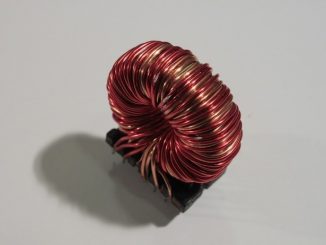
A team of scientists, led by the University of Leeds in the UK, made a breakthrough recently in a new advanced material which may eventually be an alternative to rare-earth-based permanent magnets. The researchers have developed a hybrid film from a thin layer of cobalt, which is naturally magnetic, covered with molecules of Buckminsterfullerene, a form of carbon.
The presence of the carbon dramatically boosted cobalt’s magnetic energy product, a measure of the strength of a magnet, by five times at low temperatures. The research team observed the increase in magnetic strength at -195°C, but they hope by chemically manipulating the carbon molecules, they will be able to get the same effect at room temperature. The findings have been described in the journal Physical Review B, published by the American Physical Society.
“This is the first indication I have seen that a rare-earth-free magnet could compare to something like samarium cobalt, a rare-earth-based permanent magnet,” said Timothy Moorson, co-principal investigator from Leeds’ School of Physics & Astronomy.
“While we have only seen this effect at low temperatures thus far, I am hopeful that a hybrid magnetic material similar to this will one day replace rare earth permanent magnets, helping to mitigate the environmental damage they cause,” said Moorsom, who is now a research fellow in the School of Physics & Astronomy at University of Glasgow in Scotland.
Although carbon is not magnetic, the way the molecules bond to the cobalt surface causes a magnetic pinning effect, which prevents the magnetism in the cobalt from changing direction, even in strong opposing fields. This surface interaction is the key to the unusually high magnetic energy of the hybrid material. While it may be a long time before hybrid magnets are ready to be used in wind turbines or electric cars, there are other applications which are closer at hand.
“Although room temperature applications in bulk permanent magnetism may be a long way off, the use of molecular coupling to tune the magnetic properties of thin films, such as for magnetic memories, is a tantalizing prospect that is within easy reach,” notes Oscar Cespedes, co-principal investigator. An associate professor at Leeds, he is with the Condensed Matter Physics Group which conducts research in areas including spintronics, magneto-organic structures and biomagnetism.



